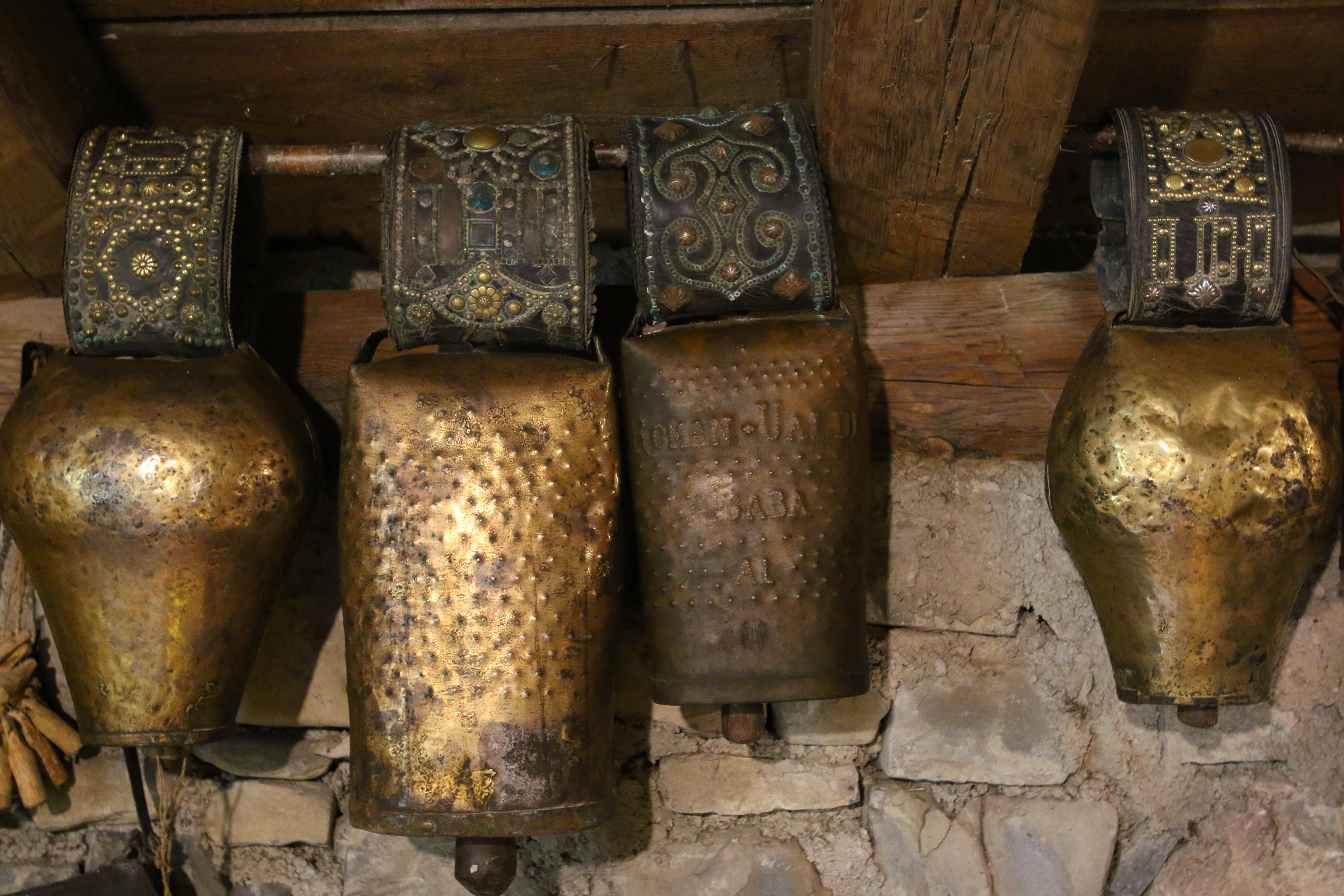Archives
Last week of May, first half of June… it all depends on the state of the pastures, and how spring goes; but in any case, it is time to leave the Bardenas Reales and head to the ancient Cañada Real de los Roncaleses (old drovers´ roads) with the flocks of sheep, searching for the high mountain pastures of the Roncal Valley. Just as it was done last year, five years ago, a hundred ago, and more than a thousand years ago. It is an ancient tradition and a well-earned right, based on bravery in combat, by the Roncalese, as they were shepherds in times of peace, and soldiers in times of war. That warrior spirit is what made them, in the year 882, the first congozantes (referring to the entities that enjoy the rights of use and usufruct of a facero territory [act between several communities for the use of pastures on land located next to the boundaries of their own territories. In some cases, some of the communities that use these pastures are not adjacent to the farm, or the uses are not only of pastures, but also of firewood and wood], it applies mainly to entities that enjoy these rights in Bardenas Reales, but is also used in other areas), also co-owners, of the Bardenas Reales by order of King Sancho García of Castile (also called Sancho of the Good Laws).

Fernando Hualde.
This is a magic time of the year in mountains, mountaintops…, both from a natural and an ethnographic perspective. Departing from our usual focus on ethnography, let us look at a very specific item.
Thousands and thousands of sheep have already moved from lower, snow-free winter pastures to summer pastures in mountains, mountaintops and higher altitudes along the Navarrese Pyrenees and Urbasa and Aralar Mountain Ranges. Our mountains are filled with the sound of bells worn around the neck of free-roaming sheep, goats, kids, wethers, cattle, mares… The tinkling of livestock bells is in fact the most perfect musical accompaniment to the highland dweller or rambler. (more…)

Slopes of Eneabe. Ubide (Bizkaia), December 1996. José Ignacio García Muñoz. Labayru Fundazioa Photographic Archive.
Spring-summer transhumance and transterminance, both implying movement of flocks to high pastures, were defined and dealt with in a previous post published on 17 May 2019.
With winter approaching, herds are brought down from the highlands, since adverse weather hamper the stay. And as the vegetative growth of grass stops or slows down due to cold winter temperatures, and there is not enough pasture in the lower valleys, herds are moved towards coastal areas, where milder temperatures prevail, or to warmer innermost regions of the country, such as the Royal Bardenas, frequented by most Pyrenean flocks, or even as far as Ebro Valley. (more…)

Climb to the mountain. Aia (Gipuzkoa), 1998. Antxon Aguirre.
Transhumance is the practice of moving livestock, mainly sheep, from one grazing ground to another in a seasonal cycle, typically to highlands in summer and lowlands in winter. And for good reason, because pasture and forage resources in certain geographical areas do not always match livestock needs throughout the year. Long-distance livestock routes are commonly known as cañadas, or altxonbideak in Lower Navarre and Zuberoa, whereas ardibideak, or simply bideak, are minor paths and tracks used to access the mountain from lower altitudes. (more…)




